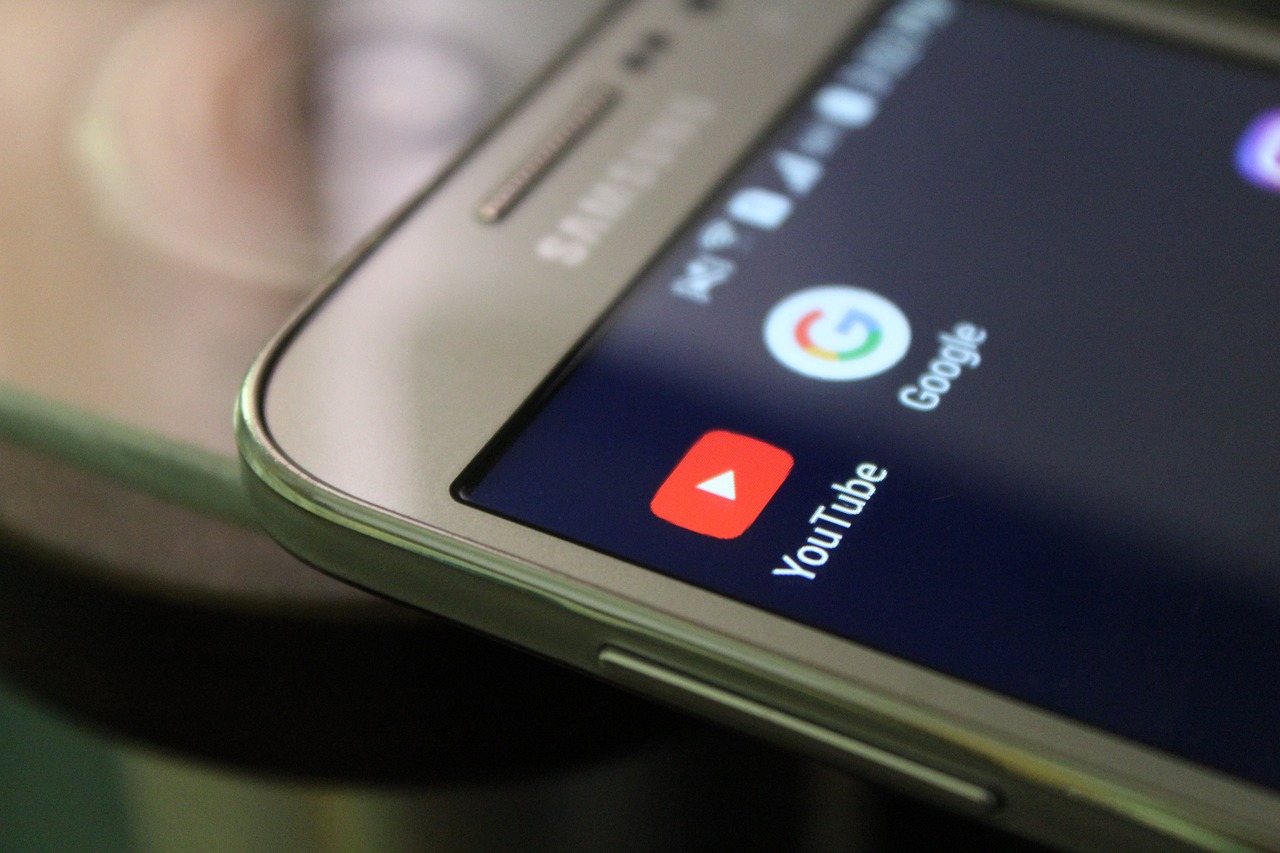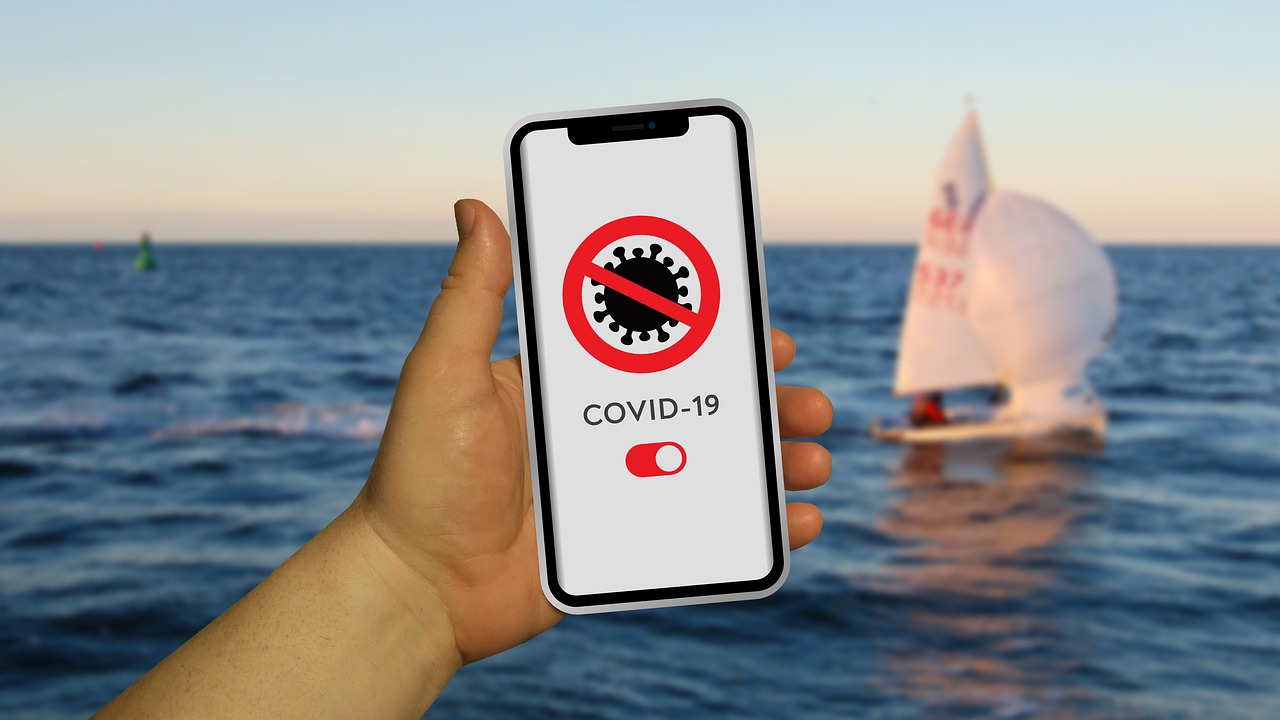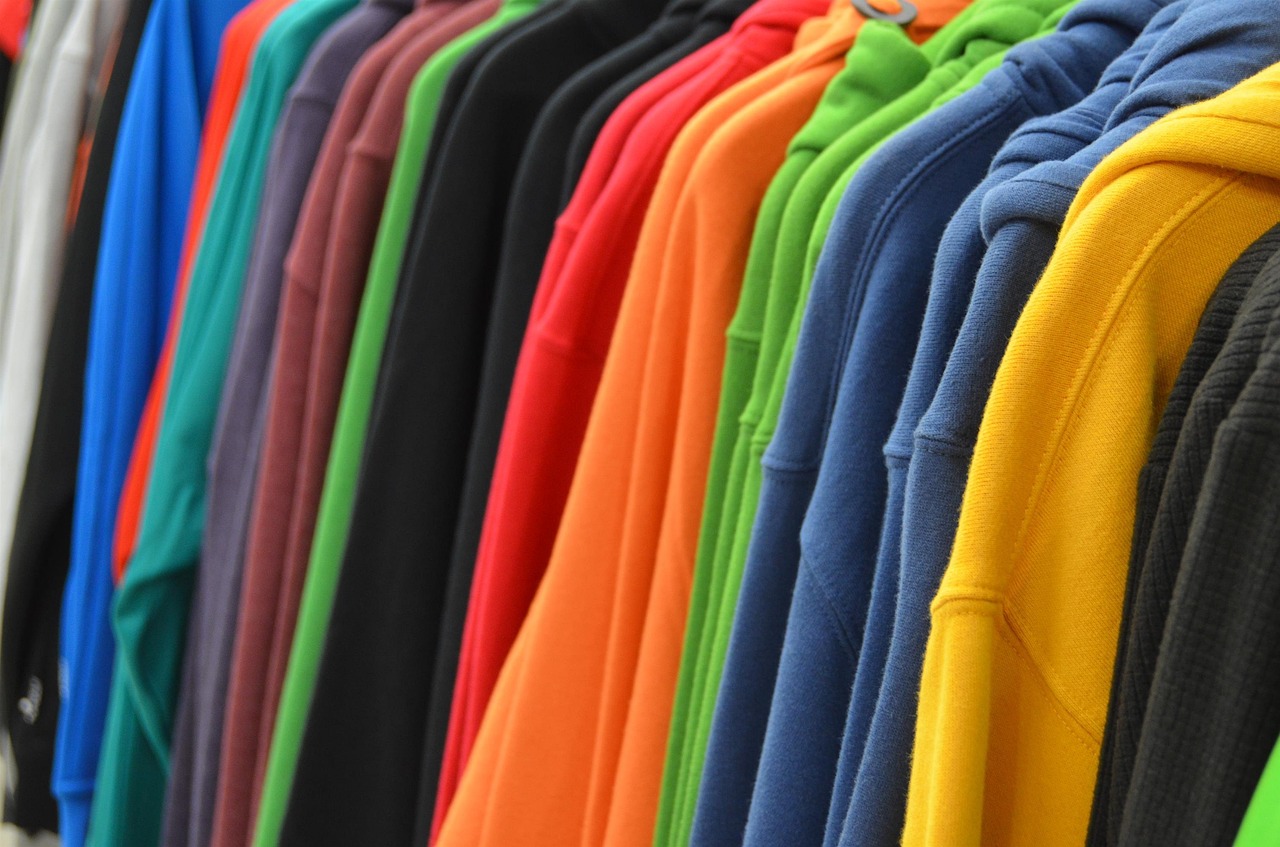Preserving Child Artwork through NFTs: A Digital Renaissance

In an increasingly digital world, the preservation of art has taken a transformative turn, particularly with the advent of Non-Fungible Tokens (NFTs). While NFTs have primarily been associated with high-profile sales and digital art collections, a new trend is emerging that focuses on preserving the artwork of children. This novel approach not only safeguards the creativity of young artists but also aligns with the growing intersection of technology and art.
The notion of using NFTs to preserve children’s artwork stems from the unique characteristics of these digital tokens. NFTs are distinct, indivisible, and verifiable on the blockchain, making them ideal for maintaining the originality and provenance of digital assets. As such, they offer a robust solution for parents, educators, and institutions aiming to preserve the artistic expressions of the younger generation in a secure and enduring manner.
Globally, the concept of digitizing and tokenizing child artwork is gaining traction. Schools and educational institutions in technologically advanced regions are exploring NFTs as part of their art curriculum. This approach not only fosters an appreciation for digital literacy among students but also provides a platform to showcase their work to a broader audience.
The process of converting child artwork into NFTs involves several steps:
- Digitization: The physical artwork is first digitized through high-resolution scanning or photography, ensuring that the digital version accurately represents the original piece.
- Metadata Creation: Detailed metadata is created, which includes information about the artist, creation date, and any relevant details that contribute to the artwork’s story and significance.
- Tokenization: The digital file and its metadata are then minted on a blockchain as an NFT, creating a unique token that represents ownership and authenticity.
- Secure Storage: The NFT is stored in a digital wallet, providing a secure and accessible way to manage and transfer ownership if desired.
While the preservation of child artwork through NFTs presents numerous benefits, it also raises ethical and privacy considerations. Parents and guardians must navigate issues related to digital rights and consent, especially when the artwork involves minors. Furthermore, the environmental impact of blockchain technologies remains a topic of concern, prompting the need for more sustainable solutions such as proof-of-stake (PoS) blockchain networks.
Despite these challenges, the potential of NFTs in art preservation is undeniable. They provide an innovative method for capturing the creative milestones of children, allowing families to cherish and share these moments indefinitely. Moreover, they offer young artists a glimpse into the future of art, where their creations can be part of a digital legacy.
In conclusion, NFTs are ushering in a new era of art preservation that includes the invaluable works of young artists. As this trend continues to evolve, it promises to redefine how we perceive and protect creativity, ensuring that the artworks of today’s children can be admired by generations to come.













